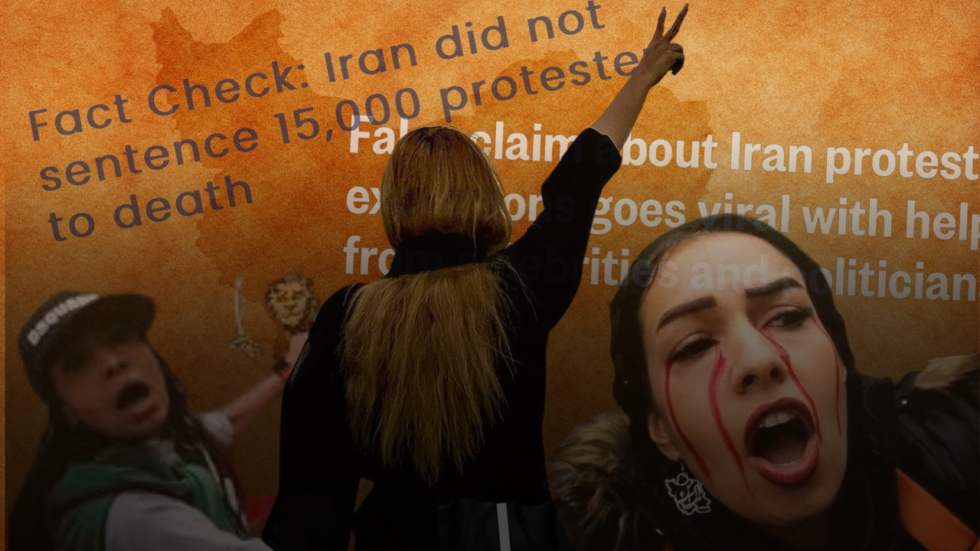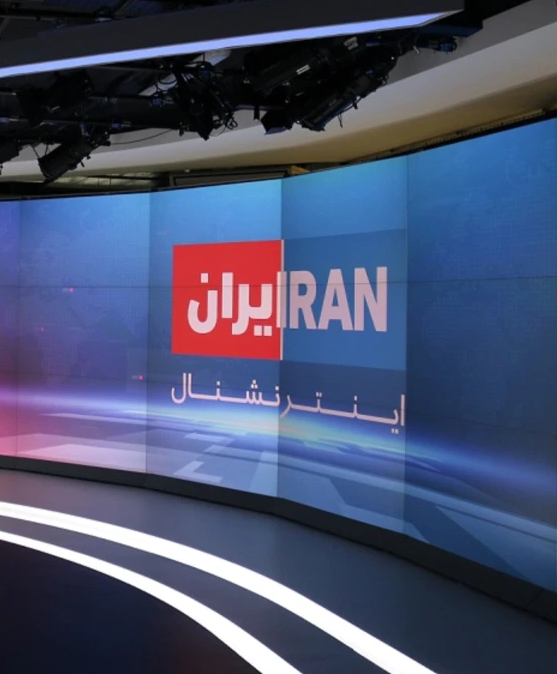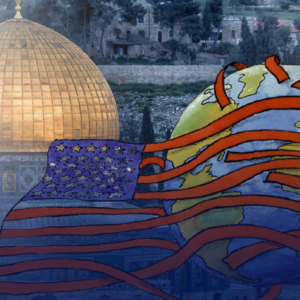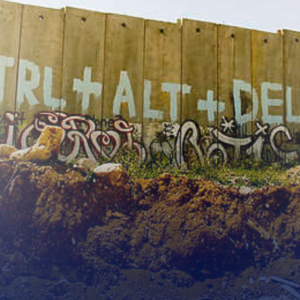Iran Decrypted I: Propaganda and the Labeling of Iranian Voices


Iran Decrypted I: Propaganda and the Labeling of Iranian Voices
As modern conflict moves away from hard industrial war to soft information warfare, the recent political unrest in Iran must be analyzed from a new global perspective, one that recognizes the convergence of historical contexts, present-day challenges, and future impacts within an international framework.
Written by: Sara Salimi | Copy Editors: Zainabrights, Fatima Alhajri | Design: Fatima El-Zein | Consultants: Fiza Raza, Batool Subeiti
SOURCES
18.https://apnews.com/article/3b9108c6cbbb496380a81eb7b3bbb979
23. https://www.nejatngo.org/en/posts/14129
27. https://archive.globalpolicy.org/security/sanction/indxiran.htm
42. https://data.worldbank.org/indicator/SL.UEM.1524.ZS?locations=IR
47. https://www.theatlantic.com/ideas/archive/2022/11/masih-alinejad-iran-hijab-protests/672204/
48. https://responsiblestatecraft.org/2022/09/16/sanctions-are-targeted-warfare-and-they-do-kill/
50. https://www.madre.org/press-publications/article/sanctions-are-act-war-qa-about-economic-sanctions
52. https://www.wilsoncenter.org/article/life-ground-iran-view-people
59. https://www.cnn.com/2022/10/24/middleeast/saudi-iran-media-protests-mime-intl
66. https://www.npr.org/templates/story/story.php?storyId=106268425
68. https://apnews.com/article/3b9108c6cbbb496380a81eb7b3bbb979
69. https://www.wilsoncenter.org/article/life-ground-iran-view-people
87. https://www.tehrantimes.com/news/477503/One-lie-against-Iran-every-two-minutes
120. https://nationalinterest.org/feature/six-myths-about-the-coup-against-irans-mossadegh-11173
121. https://www.reuters.com/article/iran-usa-sanctions-mood-idUSL8N1XE08W
124 https://www.fairobserver.com/politics/revolution-erupted-in-iran-because-of-mohammad-reza-shah/
If you value our journalism…
TMJ News is committed to remaining an independent, reader-funded news platform. A small donation from our valuable readers like you keeps us running so that we can keep our reporting open to all! We’ve launched a fundraising campaign to raise the $10,000 we need to meet our publishing costs this year, and it’d mean the world to us if you’d make a monthly or one-time donation to help. If you value what we publish and agree that our world needs alternative voices like ours in the media, please give what you can today.











